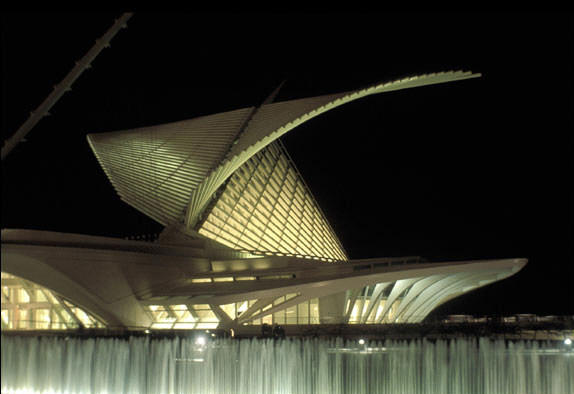Archaeological Museum in ADANA
Adana Archaeological Museum, just west of the Sabanci Mosque in Adana, located park contains the historic heritage of the region Çukurova. It is one of the oldest ten museums in Turkey.
| Established | 1924 |
|---|---|
| Location | Fuzuli Street / Adana / Turkey |
History
The museum was founded with the police shortly after the founding of the republic in 1924. It began with the collection of columns, capitals and sarcophagi found near the building. Halil Kamil Bey from Adana was appointed as Alyanakzade museum director and his successful work, was the accumulated material in the section of the madrasa which no longer exists Cafer Pasha Mosque in 1928, moved and then opened to the public.
The museum was the building occupied at present by the Ethnography Museum on Kuruköprü moved in 1950. Material from the early days of Çukurova which was discovered during excavations carried out in Tarsus / Gözlükule (1934), Mersin / Yumuktepe (1936), Ceyhan / Sirkeli (1938) and Yüreğir / Misis (1958) in particular the experience museum. The museum was finally to the brim with the ethnographic material by the director of the museum, Ali Riza Yalman (Yalkın) he collected during the investigations carried out between 1933 to 1940 filled, and because it is the only museum in the region was obtained with material either through acquisitions or judicial decisions, ranging from a large area of Kahramanmaraş to Gaziantep, the museum moved to its present location on 7 January 1972.
The museum
The ground floor is the hall of stone artifacts cut. A marble sarcophagus representation of the Trojan wars in high relief from Tarsus and is known as Akhilleus sarcophagus. There is also a sarcophagus with a Medusa from the ancient city of Augusta, which was submerged because of the Seyhan Dam, and a human Karataş size bronze statue of the ancient city in Magarsus Karataş, both of which are considered the most pieces in the vernacular of this hall.
In the Hall of Chronological Objects, a variety of findings from the early days of the Ottoman periods are displayed, including offerings, pottery, oil lamps, gods, goddesses and animal figures. The mosaic of Orpheus Playing the Lyre, Tepebağ discovered in the city is also in this hall.
In the hall of Regional Objects, Works from the Adana own collection obtained from the excavations and through purchases on display. Glass object samples with rich forms, Seljuk tiles and seals from different cultures are also shown.
In the Hall of coins, seals and jewelry, will be issued beginning with the Lydians, who were the first to discover for coins, jewelry and treasures buried in the districts of Adana.

No comments:
Post a Comment